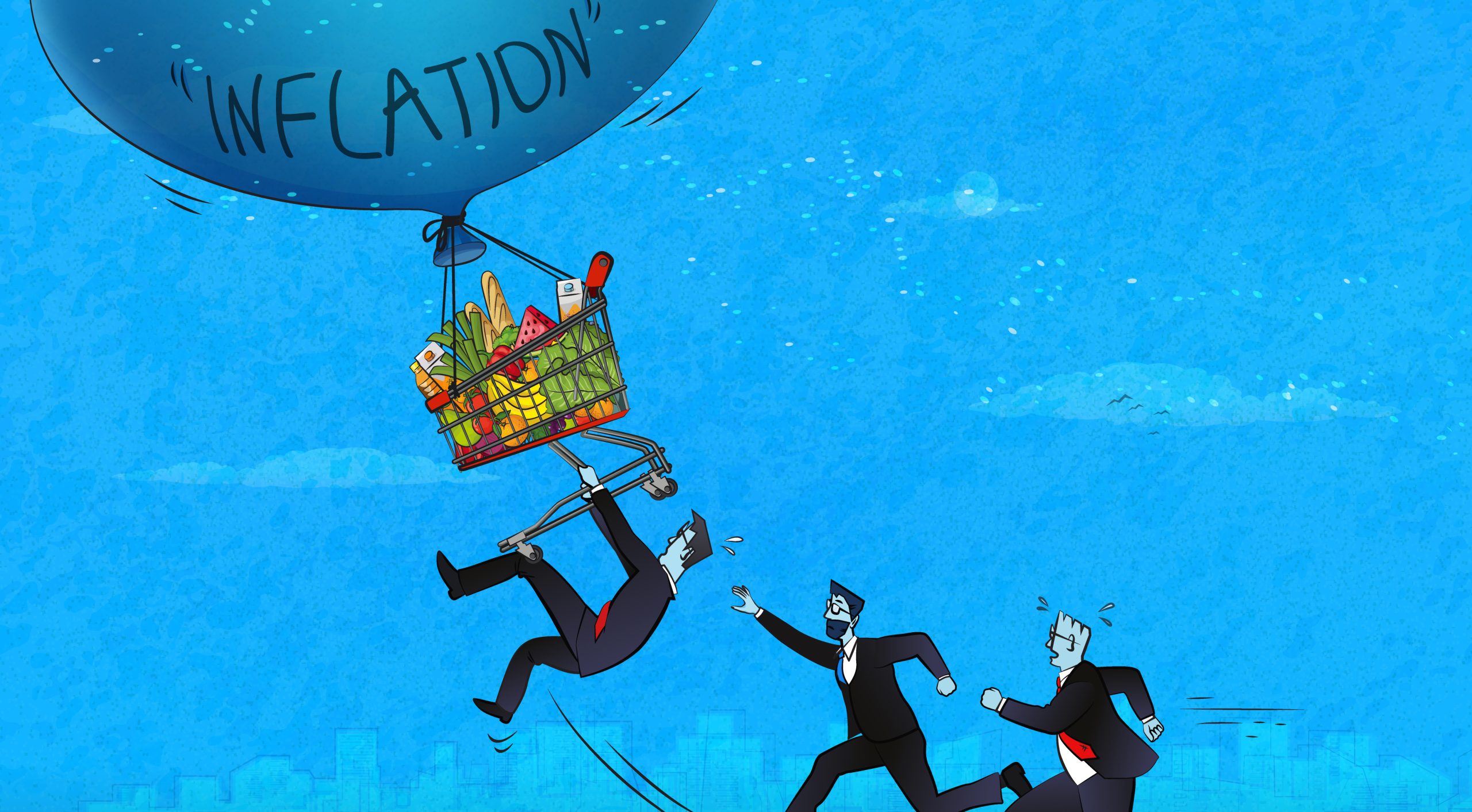In a world where credit is king, excessive interest rates have become a labyrinthine pitfall for countless consumers. These inflated rates can quickly turn manageable loans into overwhelming debts, leaving individuals and families trapped in a relentless cycle of repayment. Vulnerable consumers, particularly those with limited financial knowledge or poor credit histories, are at an even greater risk of falling prey to predatory lenders who capitalize on their need for immediate funds. This crippleware of financial exploitation not only impedes the economic progression of individuals but also corrodes the foundation of equitable financial systems.
Understanding what constitutes excessive interest rates and the havoc they wreak on one’s financial health is the first line of defense. These are not merely percentages tacked onto borrowed amounts; they are powerful forces that can dictate one’s quality of life and route toward financial freedom. For consumers ensnared by exorbitant rates, the struggle goes beyond monthly payments—it’s a constant battle against an invisible adversary that can threaten homes, educational opportunities, and essential needs.
However bleak the scenario may appear, it is crucial to acknowledge that consumers are not defenseless. By being informed about one’s rights, recognizing predatory practices, and exercising prudence in financial matters, it is possible to counterattack. Whether it is through negotiation, legal channels, or community aid, there is an arsenal available to fight back against the tyranny of excessive interest rates.
This article seeks to serve as a beacon of information, guiding vulnerable consumers through the murky waters of debt and interest rates. With a deeper understanding of consumer protection laws, financial literacy, and available resources, one can not only shield oneself from potential threats but also pave a path toward financial stability and health.
Introduction to Excessive Interest Rates and Their Impact on Vulnerable Consumers
The sway of excessive interest rates over the lives of vulnerable consumers is not to be underestimated. These rates often far exceed the average cost of borrowing and disproportionately impact those who can least afford it. But what exactly are these rates and why should they be cause for concern?
Excessive interest rates, often associated with ‘usury’, represent the percentage charged on a loan that significantly surpasses the standard accepted rates set by financial regulations or market norms. While each jurisdiction defines usury differently, the unifying trait across these definitions is the unreasonable burden it places on borrowers.
For vulnerable consumers, those with limited access to mainstream financial services, the consequences can be dire. Excessive rates can lead to:
- A downward spiral of debt that becomes increasingly difficult to escape
- Severe financial strain that can extend to all areas of life, including basic living expenses
- Damaged credit that can hinder the attainment of future loans or financial products at fair rates
Consumers may find themselves targeted by predatory lenders who specialize in high-interest loans packaged with opaque terms. Whether due to an urgent need for cash or a lack of financial alternatives, vulnerable consumers are guided into signing agreements that may haunt them for years to come.
Understanding Your Rights: A Brief Overview of Consumer Protection Laws
Arming oneself with knowledge about consumer protection laws is a critical step in the battle against excessive interest rates. These laws, designed to guard consumers from unfair practices, vary by country and jurisdiction but share common objectives. They aim to ensure transparency, fairness, and accountability in financial dealings.
In the United States, for instance, there are several key pieces of legislation in place:
- The Truth in Lending Act (TILA): Requires creditors to provide clear and conspicuous disclosures about the terms and cost of credit.
- The Fair Debt Collection Practices Act (FDCPA): Prohibits debt collectors from using abusive, unfair, or deceptive practices to collect debts.
- The Dodd-Frank Wall Street Reform and Consumer Protection Act: Established the Consumer Financial Protection Bureau (CFPB) to oversee and enforce consumer protection laws.
These laws give consumers the right to:
- Receive clear information about the terms and costs of loans
- Dispute inaccuracies in credit reports
- Be treated fairly by credit issuers and debt collectors
Understanding these rights is pivotal in identifying and addressing instances where they may be violated. It’s important to note that legal recourse is available for consumers who have been subjected to unscrupulous lending practices.
Recognizing and Avoiding Predatory Lending Practices
Predatory lending is an unethical practice where lenders take advantage of consumers by imposing unfair or abusive loan terms. Recognizing these practices is the first step toward avoiding them. Predatory lenders often:
- Charge exorbitant interest rates and fees
- Offer loans without regard to the borrower’s ability to repay
- Engage in loan flipping, repeatedly refinancing loans to charge high fees
- Conceal or misrepresent the true terms of the loan
To steer clear of such malpractices, consumers should:
- Conduct thorough research on potential lenders
- Read and understand all loan documentation before signing
- Seek advice from financial counselors or legal professionals when in doubt
Additionally, consumers should be wary of unsolicited loan offers and lenders who pressure them to make immediate decisions. Recognizing the warning signs and exercising caution can help avoid falling into a predatory trap.

